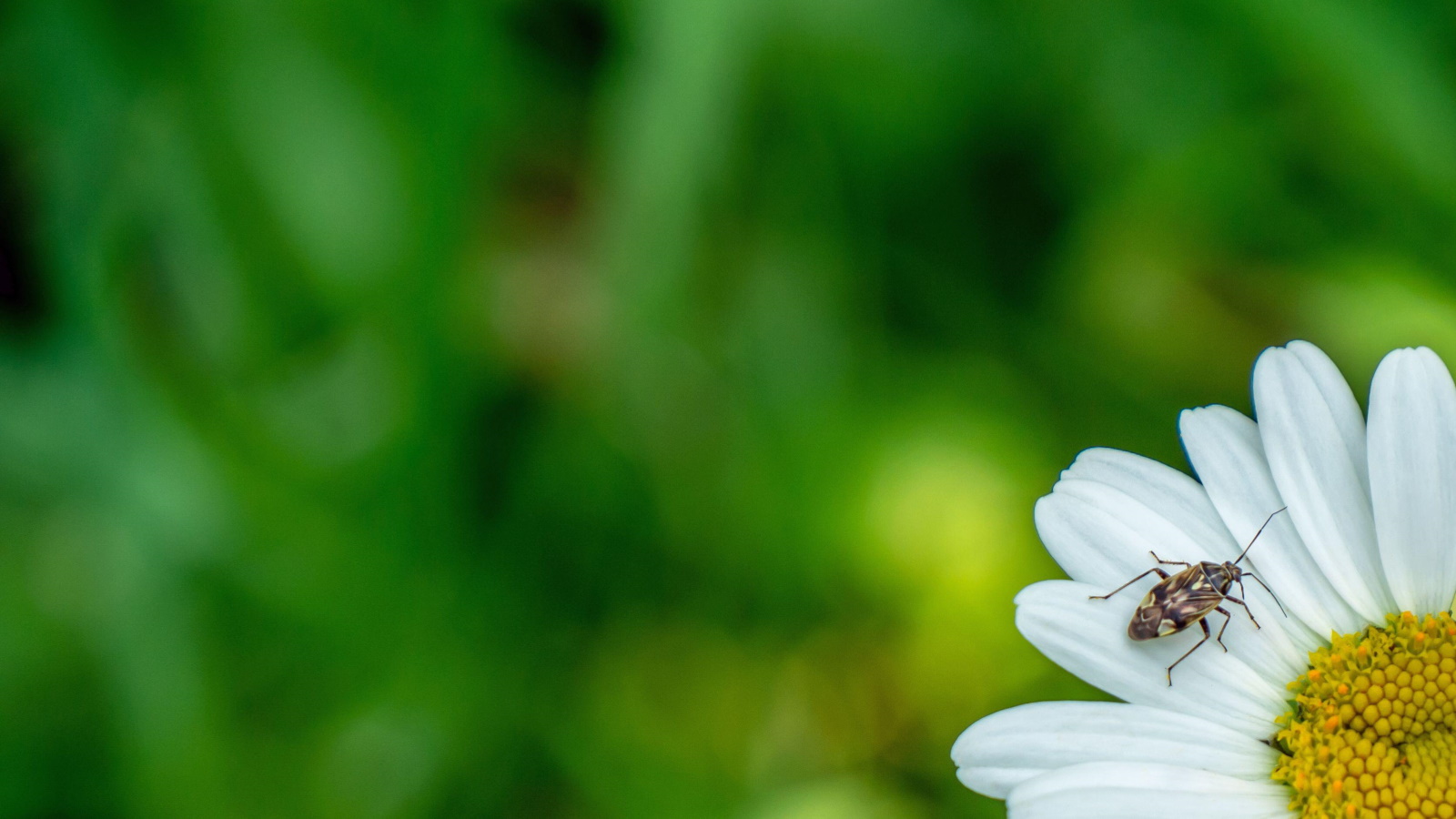
Tarnished plant bugs are far-reaching pests with hundreds of host plants, and they can cause large damage to both edible and ornamental plants. They are particularly problematic to fruit and vegetable growers as they feed on plants and cause lots of issues, from deformed fruit to wilted plants.
Tarnished plant bugs (Lygus lineolaris) are also commonly known as lygus bugs. They are native to North America and widespread. They also have a fast life-cycle that can mean gardeners face 2-3 generations each year.
If you have a backyard vegetable garden, flower beds, or fruit trees, tarnished plant bugs can pose a huge problem. These destructive pests are small, yet devastating. But how can you spot them and also prevent or control tarnished plant bugs?

What plants are at risk of tarnished plant bugs?
The bad news is that tarnished plant bugs can damage many plants in any backyard. This includes an array of crops in the brassica, legume, cucurbit, and nightshade plant families. It is not only vegetables, however, as tarnished plant bugs also damage fruit crops, most notably as apple, pear, raspberry, and strawberry pests, and ornamental plants, where they are pests for dahlias, verbena, calendula, zinnia, and many more.
How to spot tarnished plant bugs
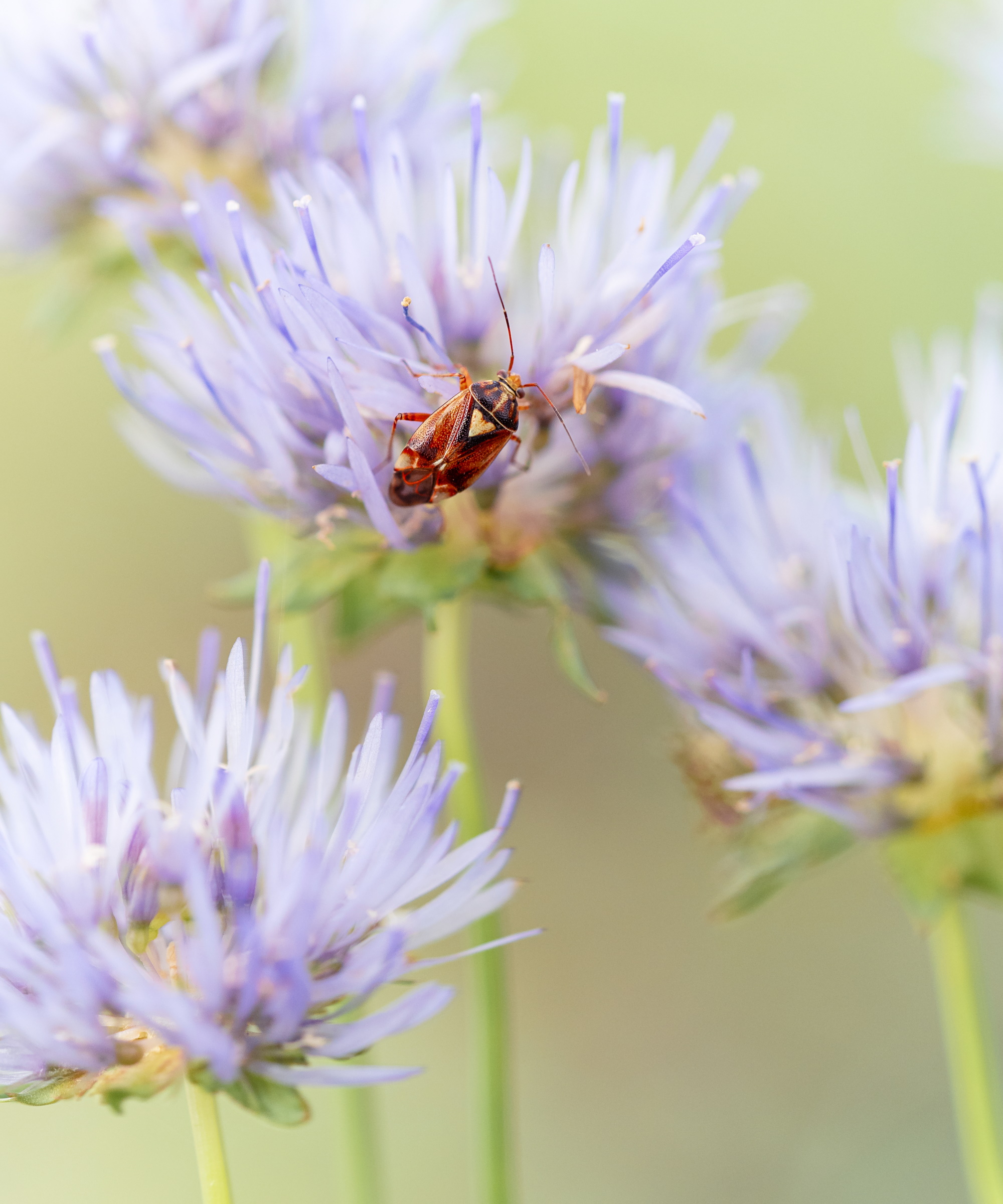
Tarnished plant bugs are small in size and can be difficult to spot, however, Susan Mulvihill, author of The Vegetable Garden Pest Handbook, highlights an ‘interesting feature’ that helps tarnished plant bugs stand out from other pests.
‘Tarnished plant bugs have a V-shaped or heart-shaped marking on the center of their backs, right above the wings,’ says Susan. ‘The adults are six millimetres long and three millimetres wide and they range from green to brown in color.’
In the immature nymph stage, bugs have a light green body and red tips on their antennae. They go through five molt stages between hatching and reaching their adult form, but both the adults and nymphs have piercing mouthparts to suck sap from plants.
Finally, tarnished plant bug eggs are tiny and cream-colored. They are shaped like a thin and curved flask with a distinctive flat cap on the end.
The tarnished plant bug life cycle is fast and there can be multiple generations per year. The adults overwinter under plant debris or tree bark and emerge in spring to feed and start laying hundreds of eggs.
Nymphs hatch from these eggs and feed voraciously as they develop into adults over 2-4 weeks. These adults will lay eggs to start another generation and start the cycle again.
What are the signs of tarnished plant bug damage?
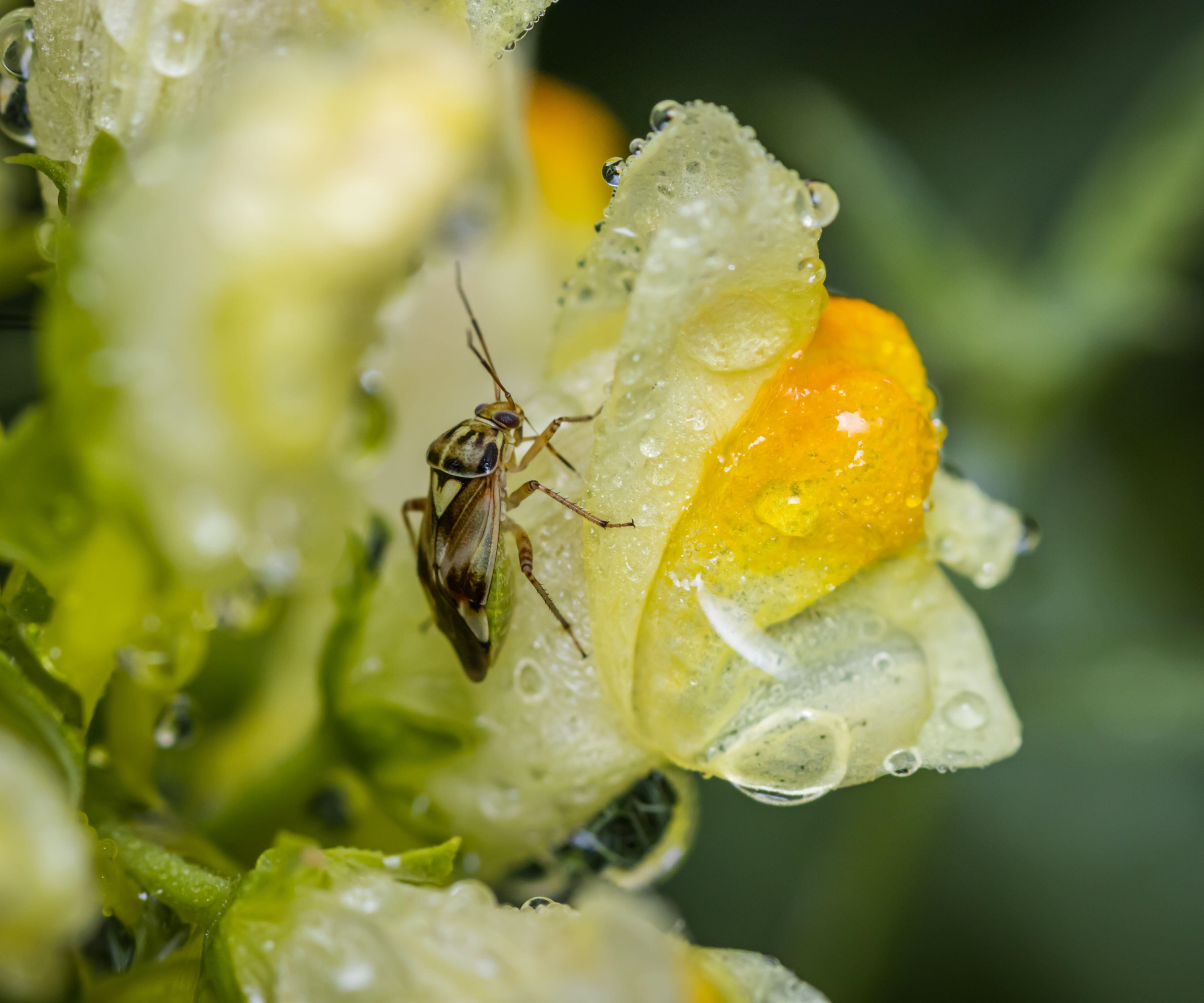
The signs of tarnished plant bug damage to look out for can vary depending on the host plant, the pests have a wide range of potential hosts that can display different symptoms.
Some common signs to look for include wilted or stunted plants or potential discoloration or deformation of stems and leaves. Flower buds can be damaged and fail to develop, or drop off completely, while blooms may not open properly.
When it comes to fruits in the nightshade family, including tomatoes, eggplants, and peppers, along with strawberries, Susan Mulvihill warns that tarnished plant bugs can ‘cause fruits to drop prematurely or create ‘cat facing’ deformities on the fruit’. Other vegetables can start wilting or the pods of legume pods can show signs of damage, affecting any potential yield.
Another major issue with tarnished plant bugs is that they can transmit plant diseases around the backyard. Inspect plants regularly for signs of damage or to see if you can spot the bugs themselves. Focus any checks on the undersides of leaves and around buds, flowers, or fruits, where tarnished plant bugs feed.
How to control tarnished plant bugs
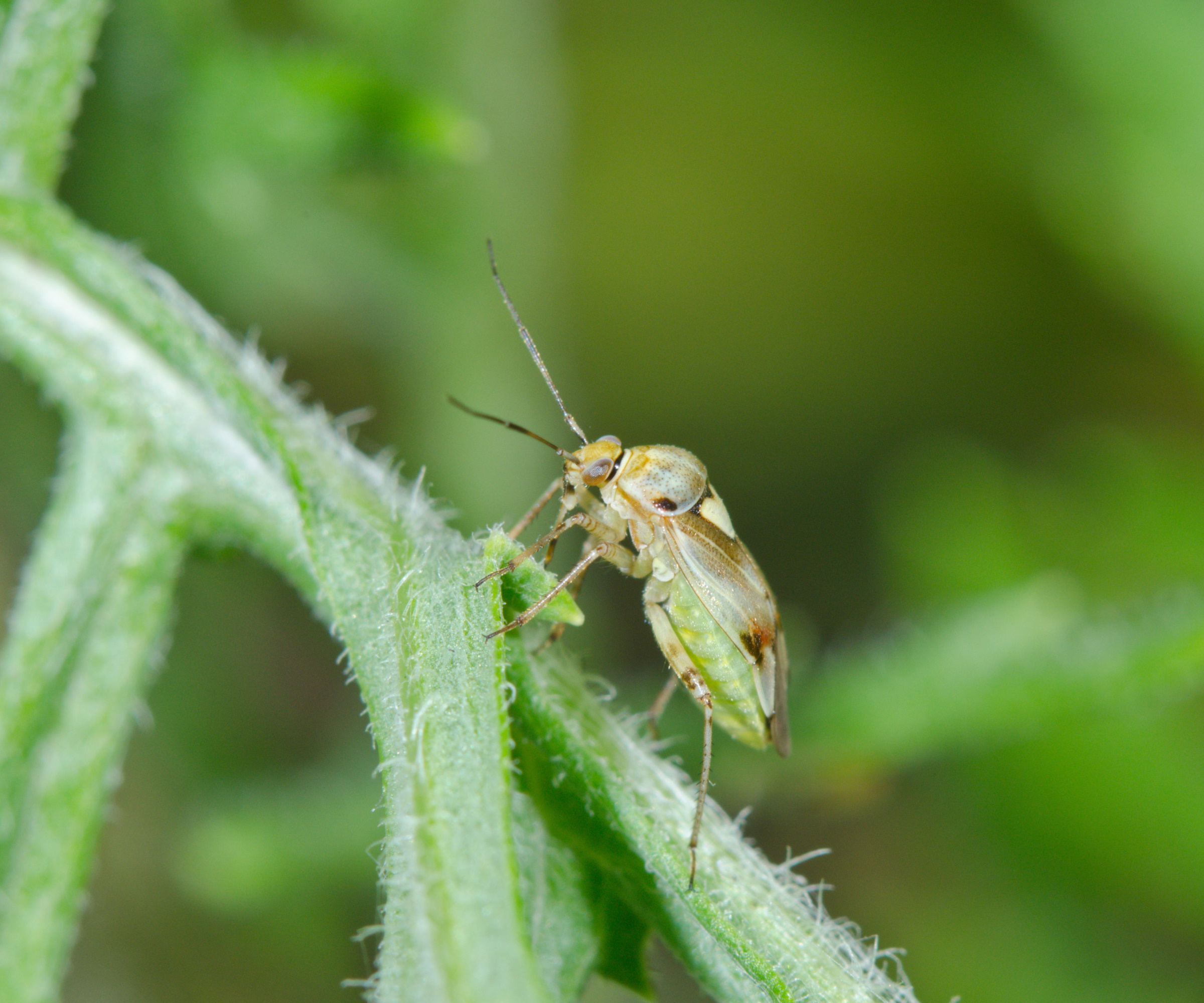
There are some tactics to control tarnished plant bugs and stop them from damaging your ornamental or edible plants.
Keeping on top of weeding helps eliminate alternative host plants for the bugs. This can be especially important around fruit trees or kitchen gardens, where many crops are susceptible. Clearing plant debris away at the end of the season also reduces the options for tarnished plant bugs to overwinter.
Placing a physical barrier, such as a floating row cover, over plants can prevent adult bugs from laying eggs and kick-starting an infestation on plants. If you are growing a crop that needs to be pollinated, it must be removed to allow access for pollinators to plants otherwise you risk getting no harvest.
How to get rid of tarnished plant bugs
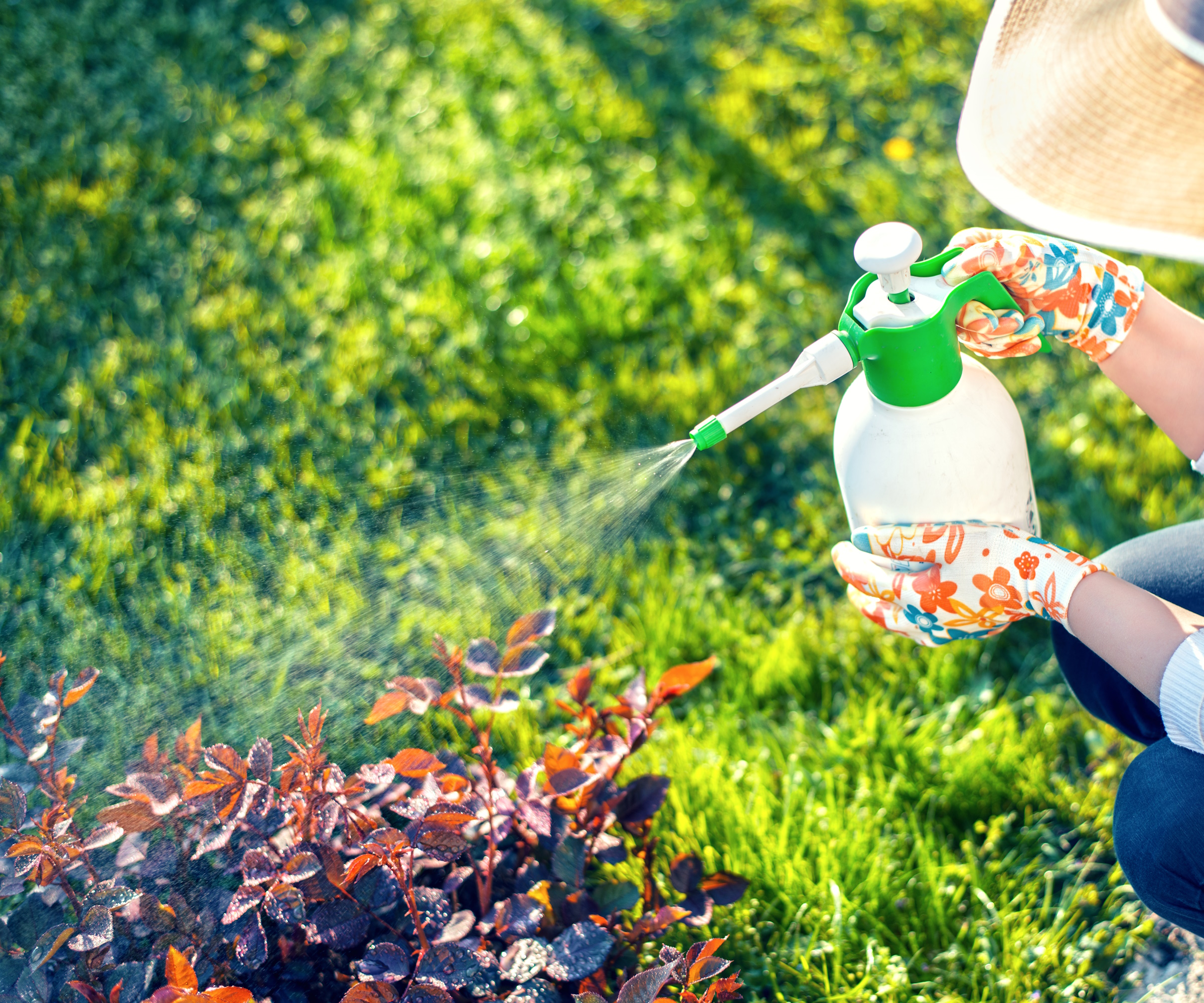
Regular inspections of plants are essential to identify tarnished plant bugs and allow you to act quickly to get rid of them. Placing sticky traps, available at Amazon, can highlight the presence of tarnished plant bugs as an extra measure on top of visual checks.
If you spot tarnished plant bugs, there are methods to get rid of them. ‘If these insects become particularly concerning, use an organic product such as insecticidal soap, Neem oil, or plant extracts such as garlic extract,’ recommends Susan Mulvihill. ‘Be sure to follow the directions on the label.’ It is possible to make homemade bug sprays rather than purchasing insecticidal soap or Neem oil.
Predatory insects can be used as a biological control of tarnished plant bugs. Susan Mulvihill highlights ‘assassin bugs, ground beetles, big-eyed bugs, damsel bugs, ladybugs, minute pirate bugs, predatory stink bugs, and garden spiders’ as such beneficial insects. Adding plants to attract ladybugs and other beneficial insects can help control pest populations in your yard.
You can also get some species of parasitic wasps that can help control the bugs, however, they may only be truly helpful for smaller outbreaks.
Products to control tarnished plant bugs
A ready-to-use spray to use on vegetables, fruit trees, ornamentals, shrubs, flowers and gardens to control a wide range of garden pests.
A spray derived from the Neem seed to be used on roses, flowers, vegetables, fruits, herbs, indoor houseplants, trees and shrubs. Approved for organic gardening.
A lightweight breathable and durable row cover made of 0.95 oz/sq non-woven polypropylene fabric. It allows air and moisture to reach plants and keeps pests out.
FAQs
What is the best insecticide for tarnished plant bugs?
Chemical control should be seen as a last resort if you suffer from a large outbreak and the tarnished plant bugs are causing mass damage. In such instances, some insecticides can target tarnished plant bugs. Sprays featuring pyrethrum are often seen as an option for getting rid of tarnished plant bugs, such as Pyrethrin garden insect spray available at Amazon. However, due to long-term pesticide treatment, tarnished plant bugs have developed resistance to many common products and any effectiveness is not guaranteed.
Tarnished plant bugs are renowned for being troublesome for strawberries. They cause misshapen fruits as the bugs eat the seeds of young strawberries as they develop. If you want to combat pests organically, adding strawberry companion plants to your plot can draw in beneficial predators and also repel pests that may wreak havoc on your harvest.







